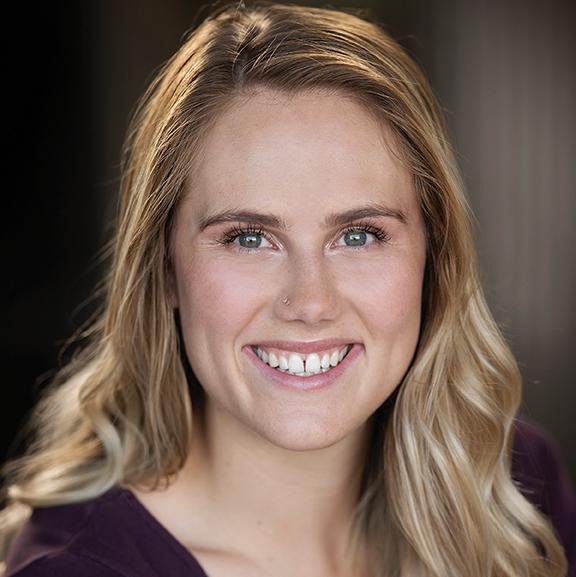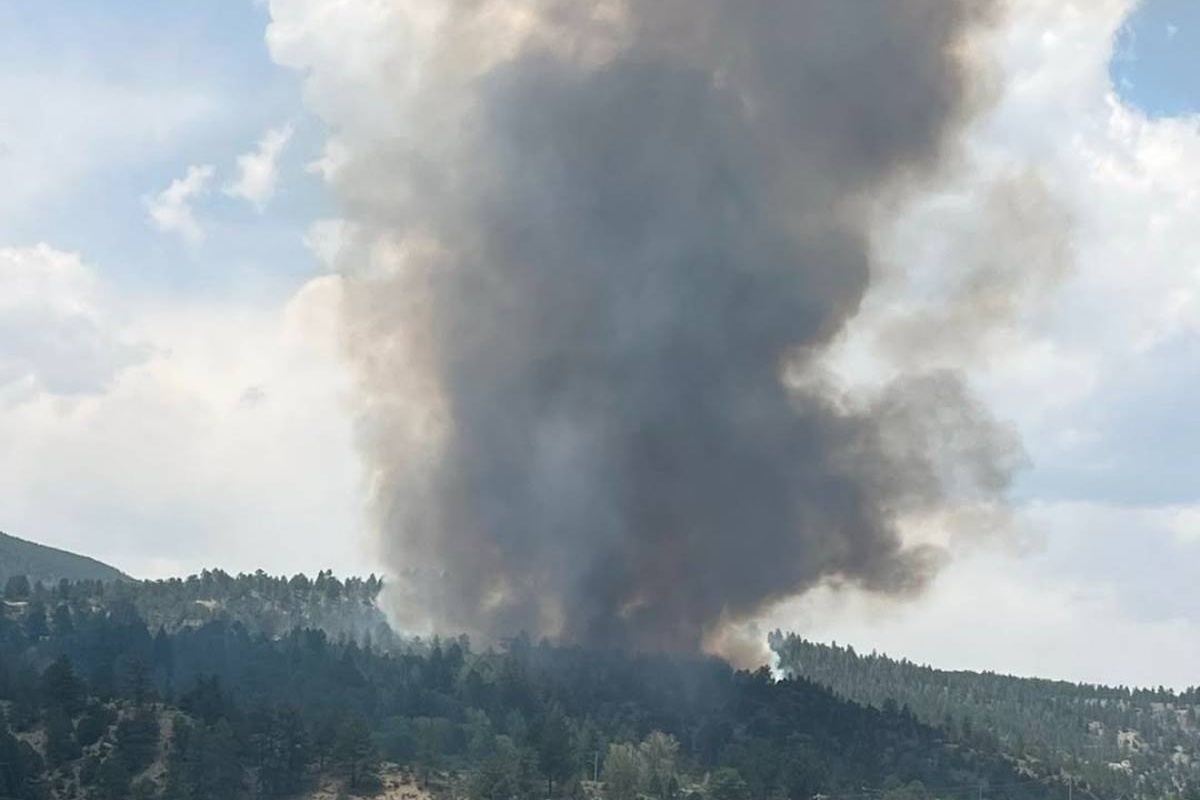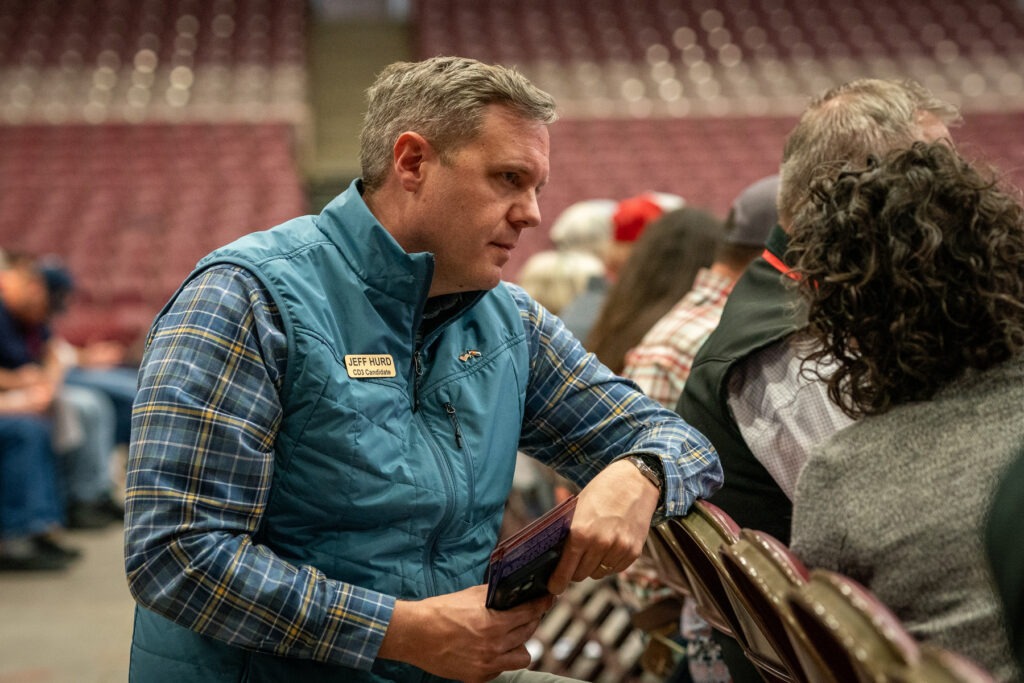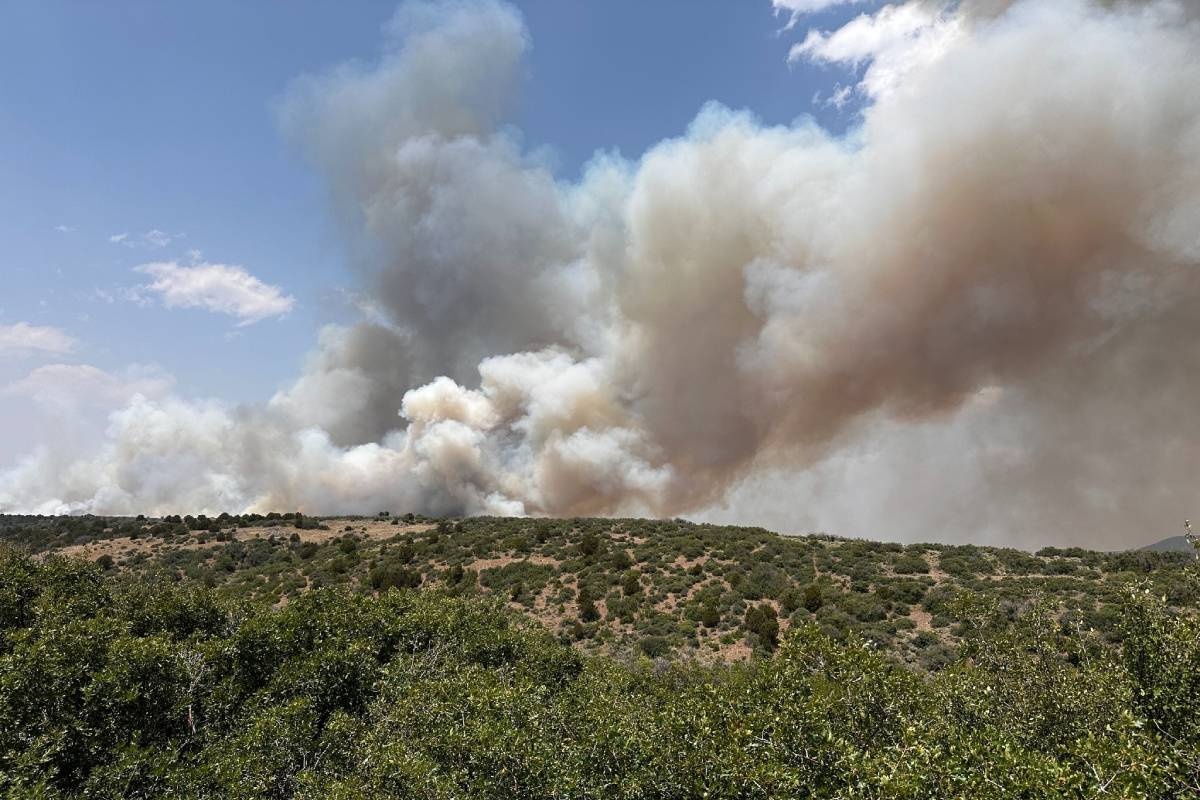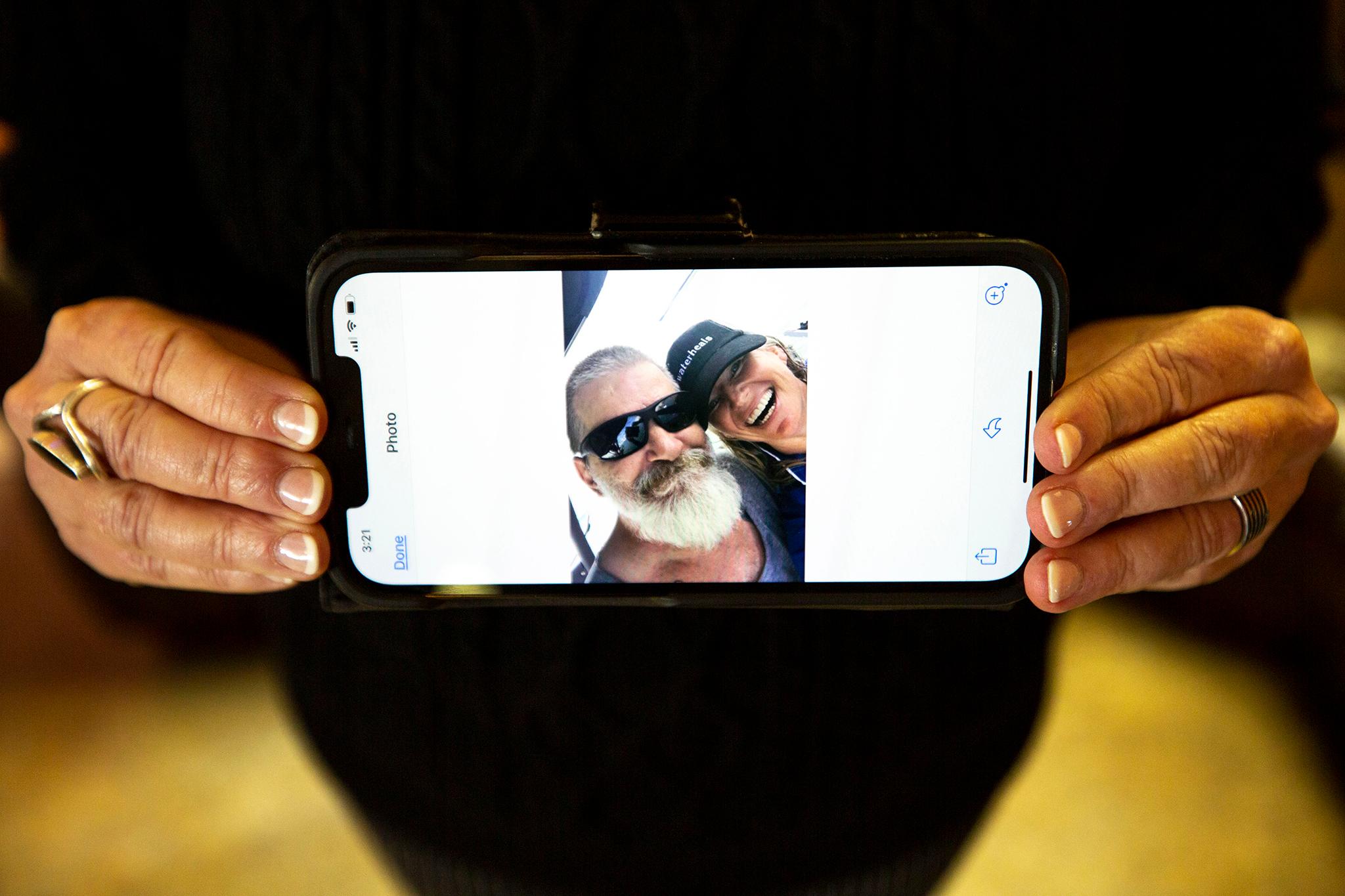
After 17 years of friendship, Kathy Escobar’s friend asked her for help navigating the medical aid-in-dying program at Denver Health.
Bill Ekdahl had COPD, a lung disease, that was ultimately going to take his life.
He was told he had six months.
During the visit with Escobar, Ekdahl said he wanted to choose how he would leave this world.
Escobar met Ekdahl through the faith community, The Refuge, which she founded and worked as a pastor. Ekdahl had little money or resources, so throughout their friendship Escobar helped advocate for him to get better housing, access to better health care and navigate his complicated health situation.
So when it came time, she attended the meetings Ekdahl had with the Denver Health medical aid-in-dying team and offered financial assistance for the program because he couldn’t afford the $800 cost, which is not covered by health insurance.
In his final days, Escobar and her husband visited Ekdahl for one last dinner before he decided it was time to take his prescription.
It’s a dinner Escobar will never forget.
“We brought fried chicken,” she said. “We just went over there and had a feast and just sat and told stories.”
Watching Ekdahl go was different from what Escobar had experienced only a few years earlier. Her father died in 2018. He was unable to access the medical aid-in-dying program and instead received palliative and hospice care.
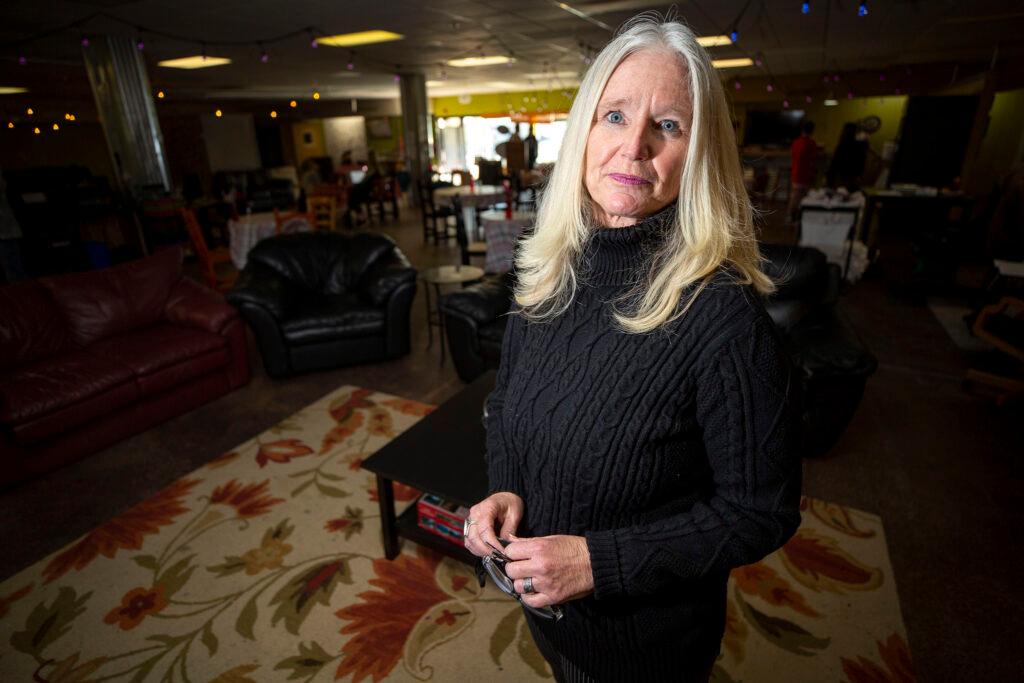
“When the pain got really bad for him though, he made a conscious choice to basically enter into the world of morphine together with hospice and us,” she said. “Watching that process, I will say, was hard because it took him a few days to leave this earth.”
Colorado’s End of Life Options Act went into effect in early 2017. It allowed terminally ill patients to access medication to end their lives in a peaceful way. Between 2017 and 2020, 554 patients were prescribed aid-in-dying medication and 472 physicians filled out the required paperwork to offer the option to their patients. More people have sought medical aid in dying each year since the state law was passed. But even five years into legalization, access is still an issue for potential patients across Colorado, and many are forced to travel to Denver for a prescription.
Identifying the barriers
Eric Campbell is a researcher at the University of Colorado Hospital. His team wanted to better understand the relationship between physicians and medical aid in dying beyond just popular assumptions.
“Often other types of information inform the policy debate and that's anecdote, that's allegation. They're important information, but they're not science,” Campbell said. “Our goal was really to understand in an empirical way, the experiences and perceptions of doctors, who've engaged in a wide variety of medical aid-in-dying activities. And so in the end, we hope that our work informs policy here in Colorado.”
But patients and physicians are anonymous, which makes researching these populations challenging. According to researchers at the University of Colorado Hospital, little generalizable data exists on the experiences of these providers.
Eric Campbell and a team of researchers had to find a way around that.
Through a survey, they were able to capture the responses of 300 physicians in Colorado who were likely, based on the kind of medicine they practice, to have patients who may be interested in medical aid in dying .
The team developed a method to find the addresses of physicians who were likely to work with patients interested in medical aid in dying, and then they mailed the surveys to those addresses. The physicians remain anonymous in the survey.
What the research found was a gap – a big gap.
An overwhelming majority of physicians, 81 percent, said they were willing to discuss medical aid in dying with a patient, and 88 percent said they would make a referral for their patient to seek out a program.
Campbell found those high rates of willingness a little surprising, considering the cultural friction, usually moral or religious, that medical aid in dying faces.
“Medical aid and dying was enacted a few years ago, and it's one of the most contentious health policy and bioethics issues,” Campbell said.
However, the research also revealed that while an overwhelming majority of physicians were willing to refer patients for medical aid in dying, less than half (48 percent) were willing to act as a consulting physician. And only 28 percent were willing to act as an attending physician.
State law requires both an attending and consulting physician for every case.
Even when surveyed for experience, and not just preference, the gap persisted. More than a quarter (27 percent) of physicians surveyed had already referred a previous patient for medical aid in dying, but only 13 percent had actually participated as a consulting physician for treatment and only 8.5 percent had acted as an attending physician.
“When a medical service or procedure is available and doctors see patients who potentially could utilize that service, doctors need to be prepared and they need to have the knowledge to do things like discuss medical aid with patients. They need to have the knowledge to participate,” he said.
The survey also explored barriers physicians experienced. The top concern from the respondents was a lack of knowledge. It was followed closely by concerns about emotional and time investment.
“One of the conclusions of our research is that there's a need for education, not just for physicians who haven't done this,” Campbell said. “Now, of course, the doctors who had participated in as an attending or a consulting physician were much less likely to say that knowledge was a barrier, but it was still high among that group. The high rates of physicians saying knowledge was a barrier was surprising as well.”
A crusade for knowledge
Skye O’Neil’s husband died in Holland in the '80s. It was her first intimate experience with death. And there was something unique about it for her: he was at home.
“There was a nurse all day long at the house,” O’Neil said. “The physician came over in the evening. So I remember as he was nearing the last day of his life, I would see the hospice people, the nurse, and the doctor come over every day, walking home, stopping at the house and administering meds.”
Six months after her husband died, O’Neil’s father died. This time in the United States — in a hospital.
“My thought at that moment was ‘this is how people die in the United States’ and ‘it's not how they have to.’ And that was the pivotal moment, watching him die. My husband died this incredibly beautiful, peaceful death. And I thought, gosh, this can happen? So my crusade began then.”
O’Neil has worked in hospice care ever since – first as a nurse and then as a physician assistant. And now, she works for Denver Health’s medical aid-in-dying program.
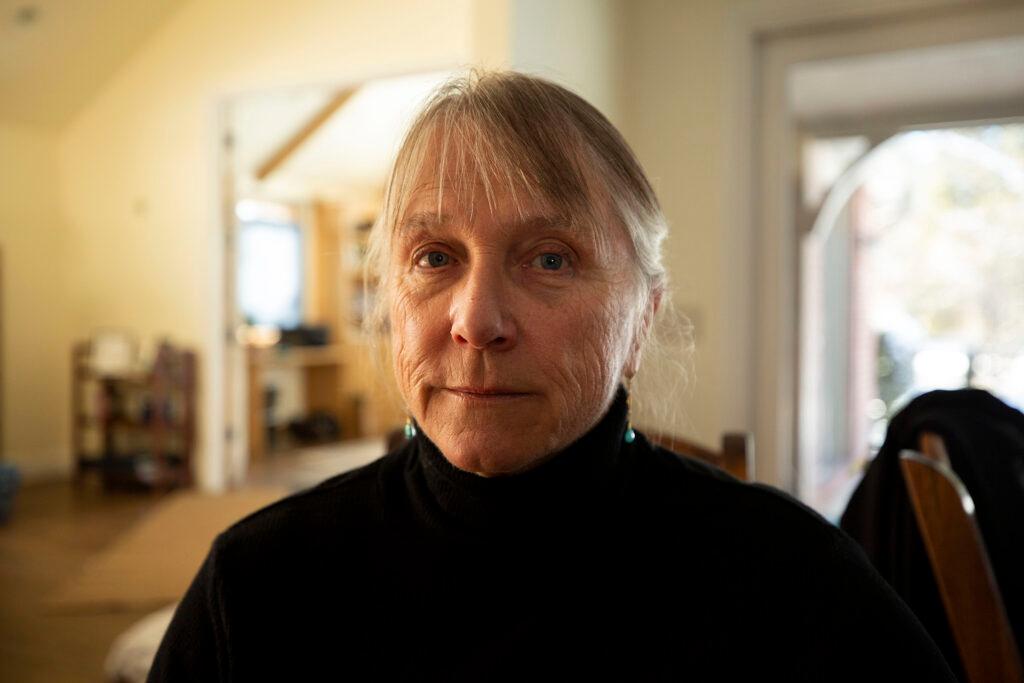
And she agrees with Campbell. O’Neil says education is a crucial component for increasing access to medical aid in dying, especially for patients outside metro Denver where the Denver Health, UCHealth and Kaiser medical aid-in-dying programs are all based.
In the early years, physicians and hospice programs would reach out to Denver Health for guidance on how to offer medical aid in dying to patients and what the law entailed. Now, Denver Health gets referrals from patients who are in hospice or who have a provider who can’t or isn’t willing to offer the option.
“One of the things we were determined to do in the before-times (before COVID-19) was to reach out to the bigger cancer centers and say, you know, we understand if you elect not to participate, but here we do this,” O’Neil said. “And our intention is to help anyone who qualifies.”
Campbel also pointed out that the information and education for providers needs to come from trusted sources who are not just advocates.
“Who provides information about medical aid in dying is really, really important,” he said. “Advocacy groups clearly have a right to do what they do. And they clearly have a right to say what they say, but they often hold severely entrenched positions regarding the acceptability of medical aid in dying. And, and for that reason, I think it's essential that education about medical aid in dying be provided by groups that don't hold clearly stated advocacy positions.”
In May 2020, medical aid-in-dying providers at Denver Health were planning an event to do just that – they wanted to educate and connect physicians across the state.
“So we were gonna do a history and then we were gonna talk about our program. We were having the pharmacist come to talk about the nuance of the medications,” O’Neil said. “We were going to have case studies. We were gonna have puppies. We were going to have a panel of family members.”
The program was canceled because of the pandemic and has yet to be rescheduled.
But for O’Neil, her crusade continues.
“If you look back at the history of death, we always died at home, until hospital systems were built. And then we started dying in hospitals, which was never the point of hospital. The point was not to die there,” she said. “And so now we're turning back around to being able to die at home. And now we’ve added in this right to die peacefully at home when you choose.”
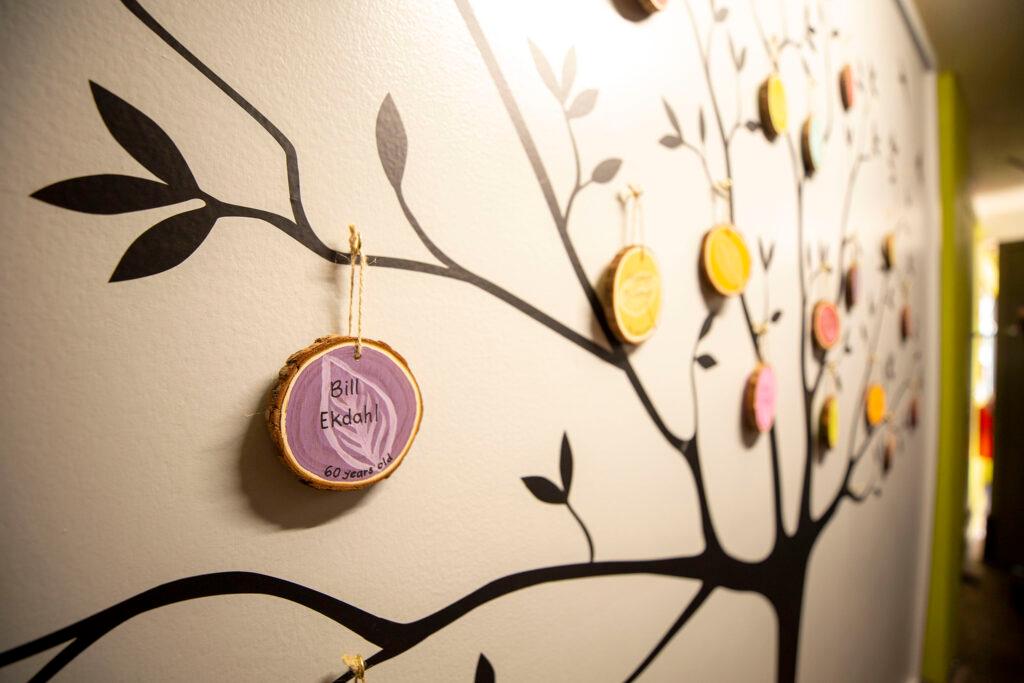
For Escobar, she saw the ability for Ekdahl to choose how and when his life would end as empowering. According to Escobar, he was sick for a lot of his life and because of a lack of money and resources was often left without many choices for his care.
“It was maybe one of the first times in my experience of knowing him for 17 years that he had a choice,” she said. “He was a person that was cast aside, judged, generalized, stereotyped, so many things. And he really had his dignity. I can honestly say, this was the only thing that I had ever observed in my whole life with him where he actually was in the driver's seat.
"And watching that was really beautiful.”
